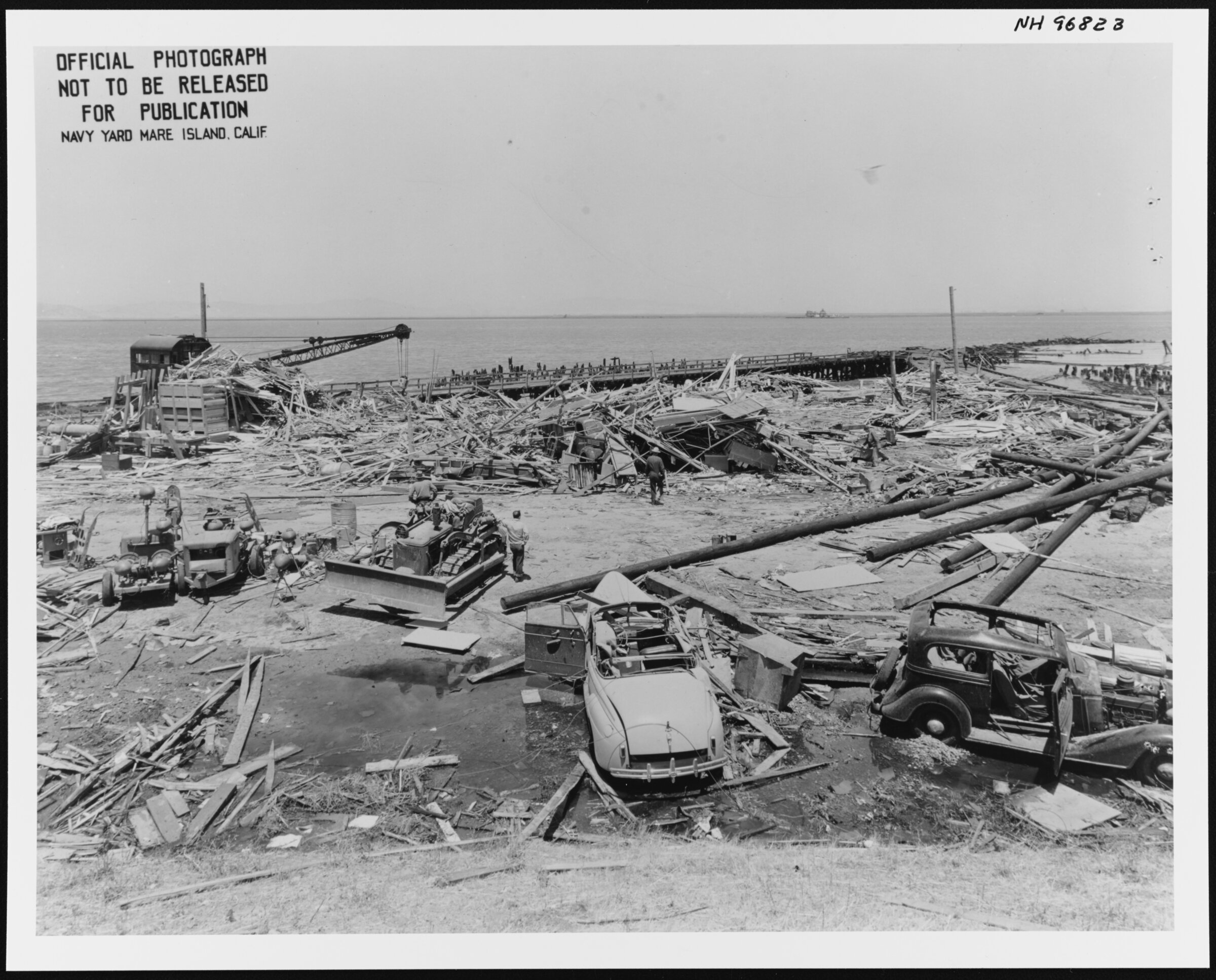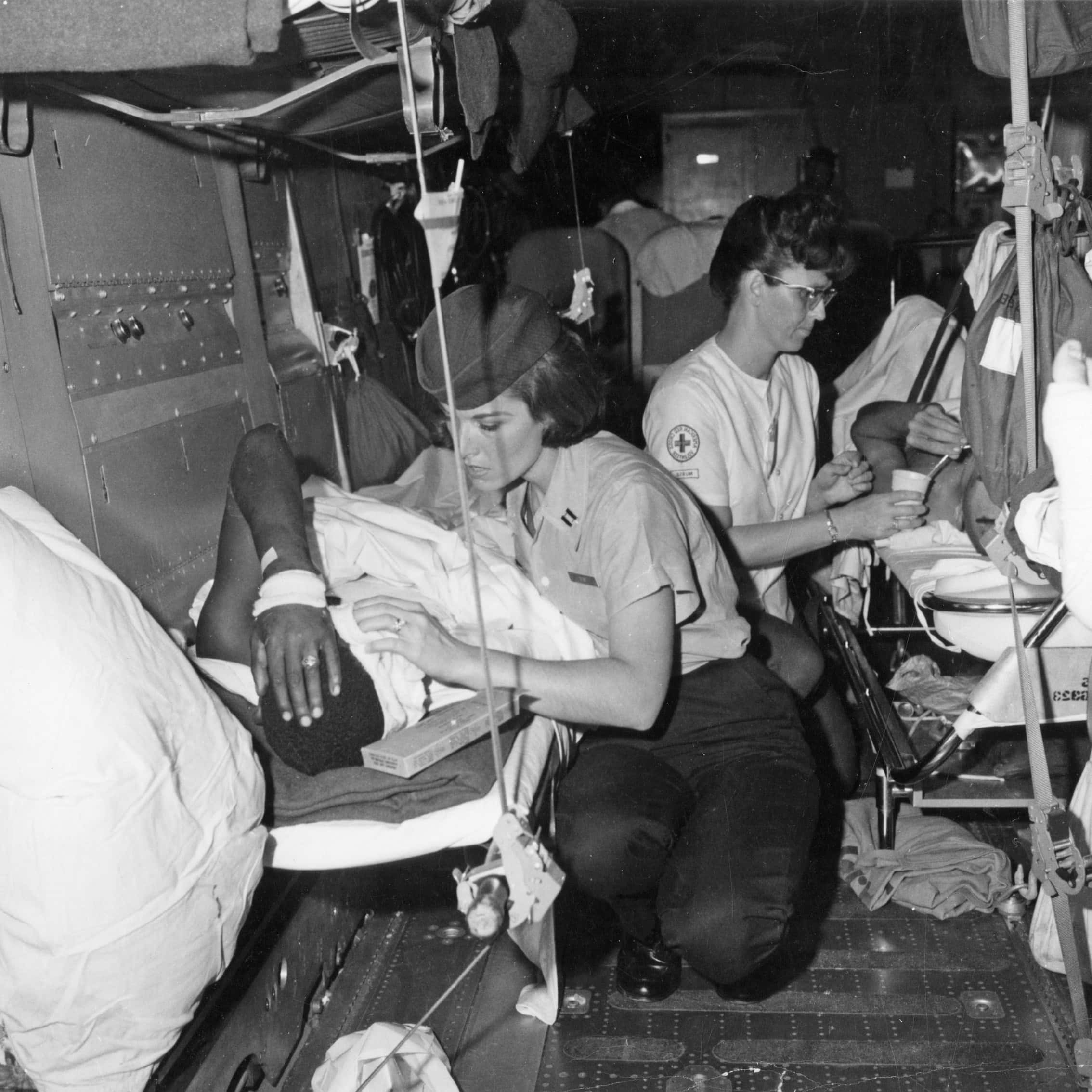When Neil Sheehan published A Bright Shining Lie: John Paul Vann and America in Vietnam (hereafter ABSL) in 1988, it was quickly hailed as the “final word” on U.S. involvement in Vietnam, and honored with the National Book Award and the Pulitzer Prize.
Sheehan’s book, a labor of love that absorbed 16 years of his life, surveys U.S. international policies after World War II, exploring the rationale for the doctrine of containment and U.S. involvement in “limited wars.” However, it does so in the form of an epic, by pursuing the story of a microcosmic individual, John Paul Vann—a career Army officer who, when he was critical of U.S. policies, served as a mentor to Sheehan and other members of the American press corps, including David Halberstam, Peter Arnett, and Malcolm Browne. This fascinating meditation on history tracks diplomatic decisions, describes major battles with graphic detail, and concludes with lessons about both policy and personal morality—in 800 pages of vivid prose.
Shortly after the book was released, (Jane) Fonda Films purchased the screen rights for $75,000. At that time, Lois Bonfiglio, a vice president at Fonda Films, became custodian of the project as it languished at Warner Bros and elsewhere until HBO (a division of Time Warner) decided to make an original production at an unusually high budget of $13 million. Bonfiglio became executive producer when the film went into production during the summer of 1997—with Terry George as both scriptwriter and director and Bill Paxton as John Paul Vann. Bonfiglio had ambitious designs for the film. She told Reuters that the film was “more a political statement than just a story about war and fighting”—an announcement that merits an award for understatement. Three major incidents in ABSL convey powerful messages about the war in very political statements, which call into question the historical authenticity of HBO’s expensive venture into epic docudrama.
The Thesis
Through montage, the main title sequence of ABSL establishes the film’s message about America’s role in Vietnam. We are aboard a jet fighter, flying low over a lush, green landscape. As rock music plays, the plane drops high explosive and white phosphorous bombs on the fertile land below. In the final shots, the jet fighter swoops down over a village, dropping two canisters of ordnance on the dwellings. (This cruel moment foreshadows the napalming of Kim Phuc and her village later in the film.)
The message of this sequence is as powerful as it is clear. Terry George wants his audience to see the United States as a brutal bully imposing itself upon an innocent, Third World nation. As latter-day imperialists, the film asserts that the U.S. lost its sensitivity to the aspirations of ordinary people and sent a deadly killing machine to torch the garden of Vietnam.
The US Embassy Incident
The attack on the U.S. embassy during the Tet offensive of 1968 became a symbol of America’s failure in Vietnam—at least as reported by national television. The makers of ABSL rely on the audience’s general knowledge of the events of January 1968 as a turning point in the conflict, but hope that viewers do not remember too many of the details.
In the film, General William Westmoreland, commander of the Military Assistance Command-Vietnam, is shown to be oblivious to impending attacks. Due to his fixation with the war in the North, the Westmoreland character ridicules an intelligence briefing by John Paul Vann and General Fred Weyand. When the Tet offensive explodes, everyone—except Vann and Weyand—is surprised. Vann races to the embassy where the Viet Cong (VC) have managed to occupy all floors of this symbol of America’s presence in Vietnam. Fortunately for the ambassador and his staff, General Weyand—disobeying direct orders from a myopic Westmoreland—has held troops back in Saigon, and the city and the embassy are rescued.
Most historians will recognize severe problems in this representation. Peter Arnett, then working for the Associated Press, may have reported that the VC were in the embassy building, but book-length works by Peter Braestrup and Don Oberdorfer long ago revised the embassy story, redirecting attention to media inaccuracies and distortions—errors irresponsibly recycled by ABSL.
In a recent telephone interview, General Weyand assured me that Westmoreland approved defensive measures around Saigon prior to the Tet attacks; in addition, General Weyand rejected the privileged status given to him and Vann by the film. (Indeed, he reminded me of an important detail: John Paul Vann was not in Vietnam during the Tet offensive of 1968.)
Americans as Baby Killers?
Similar problems exist in the film’s representation of another icon of the war, the napalming of Kim Phuc (which the film places in 1967, but which actually occurred in 1972). Everyone remembers the image of a nine-year-old girl running away from her village, burned and naked. In ABSL, the image falls into the context established by the aerial shots of the main title sequence where Americans (supposedly) indiscriminately bombed villages. (Peter Davis made devastating use of the Kim Phuc footage in his AcademyAward-winning 1973 documentary Hearts and Minds.)
The film does not tell us that the Viet Cong had occupied the village and that South Vietnamese troops were preparing a counterattack. Nor does it tell us that a Vietnamese pilot was given the target by a Vietnamese forward observer who believed that all villagers had fled. Alas, this report was not true and the pilot dropped his bombs in a tragic accident of war. ABSL does not tell us that no Americans were involved in this incident; instead, we are shown an entire village and its inhabitants destroyed as a result of a power struggle between John Paul Vann and a corrupt province chief—a plot invention by Terry George designed to tar both the American military and the South Vietnamese Army.
Conclusion
Neil Sheehan’s epic book is a nuanced study of an American tragedy. In contrast, the early script for HBO’s project was so far off the mark that it mistakenly described Sheehan’s book as a “novel.” After criticism by David Halberstam, Daniel Ellsberg, and others, this 1997 script was drastically modified, but many errors carried through to the final production. (Indeed, the early version of the script was so bad that Halberstam and Ellsberg demanded that their names be removed.) The HBO film that resulted is a compendium of the antiwar “political statements” we might expect from a Fonda Films production—with the Americans as villains, the North Vietnamese as principled heroes, and the various media traumas from the war era re-enacted for shock effect, rather than for insight.
Not long after the broadcast of ABSL, CNN (another Time Warner company) aired a segment entitled “Valley of Death” during the premier broadcast of its Newsstand series. In this devastating exposé, Peter Arnett accused the United States of using nerve gas in Laos during the Vietnam War. Immediately, veterans recoiled and, not long afterward, Ted Turner apologized.
The controversial program was withdrawn; both the producer and the director were fired. (Peter Arnett was given what was called “a reprimand.”) Media watchers wondered about the near simultaneity of the broadcasts; was there a coordinated attempt by Time Warner to redefine the mass media history of our Vietnam debacle?
Works Cited and Consulted
Braestrup, Peter. Big Story: How the American Press and Television Reported and Interpreted the Crisis of Tet 1968 in Vietnam and Washington. 2 vols. Boulder, Co: Westview Press, 1977. (Now available from Yale University Press.)
“News articles relating to Tailwind,” Internet site with hundreds of articles, aural documents, hyperlinks related to the controversy surrounding CNN’s “Valley of Death” segment (https://skyraider.org/skyassn/cnn.htm).
Oberdorfer, Don. Tet! New York: Doubleday, 1971.
Raack, Richard. “Vietnam: A Television History: Yet Another Vietnam Debacle? Caveat Spectator.” Newsletter of the Organization of American Historians (February 1984): 8–10.
Rollins, Peter C., dir. Television’s Vietnam: The Impact of Media. SONY Video, 1986. (Available from Blockbuster Video.)
————. “Neil Sheehan’s A Bright Shining Lie: The Story of John Paul Vann or of America’s New Media Elite?” Journal of the Vietnam Veterans Institute 2.1 (1993): 33–62. (Ridgemont Press, RR 3, Box 80, Cleveland, OK 74020. $15.)
————. “Using Popular Culture to Study the Vietnam War: Perils and Possibilities.” Popular Culture in the United States: Proceedings of the German-American Conference in Paderborn, 14–17 September 1993. Eds. Peter Freese and Michael Porsche. Essen: Die Blaue Eule, 1994.
Sheehan, Neil. A Bright, Shining Lie: John Paul Vann and America in Vietnam.
Peter C. Rollins is Regents Professor of English and American/Film Studies at Oklahoma State University and editor in chief of Film & History: An Interdisciplinary Journal of Film and Television Studies. His documentaries about the Vietnam conflict are available from Blockbuster under the title Television's Vietnam; they deal with many of the issues explored by ABSL and this review.


